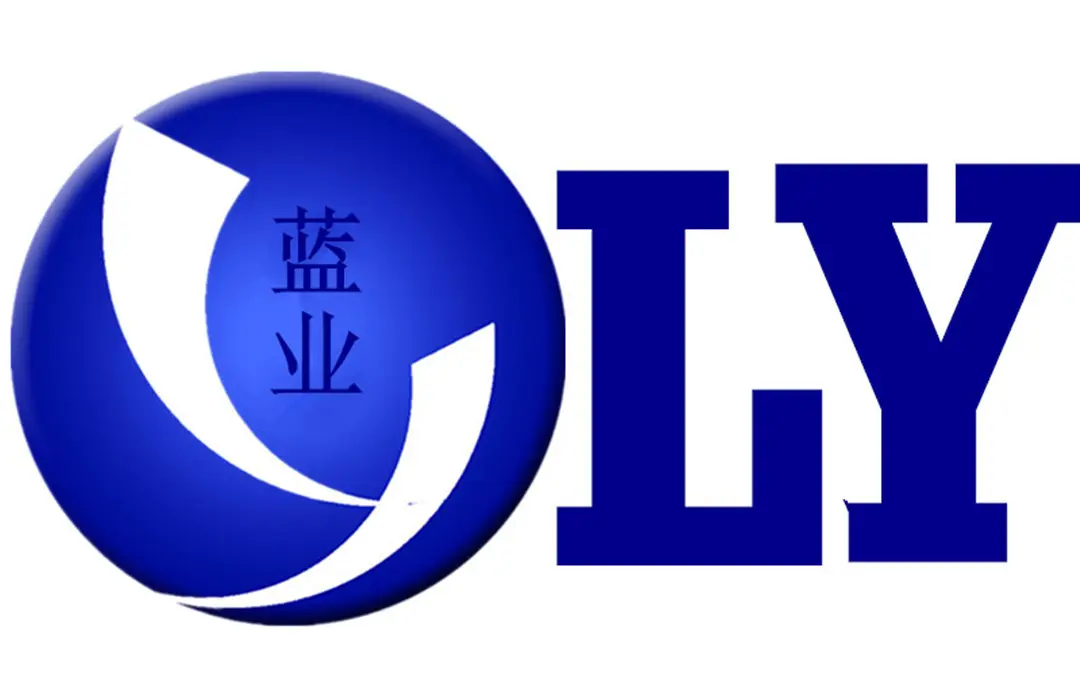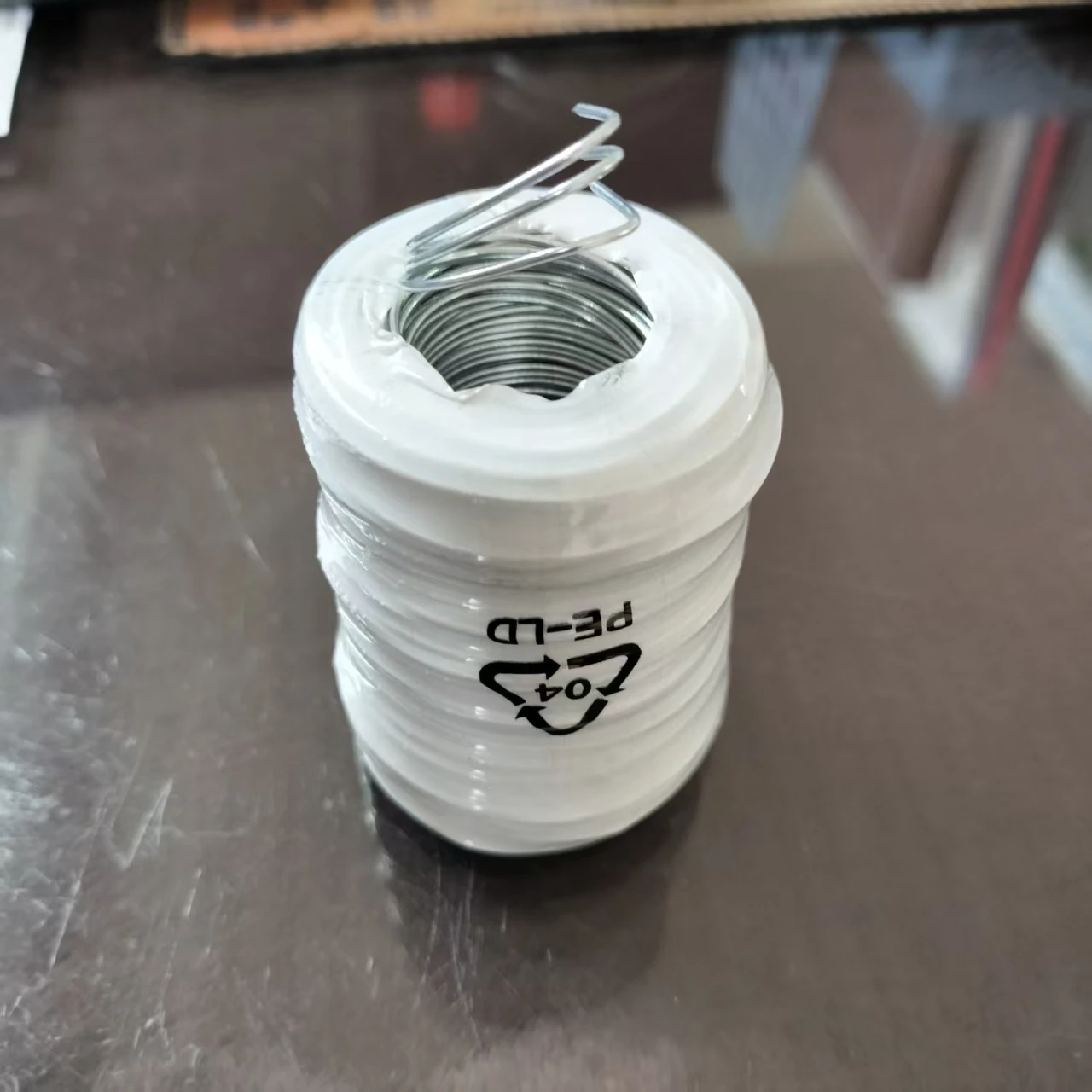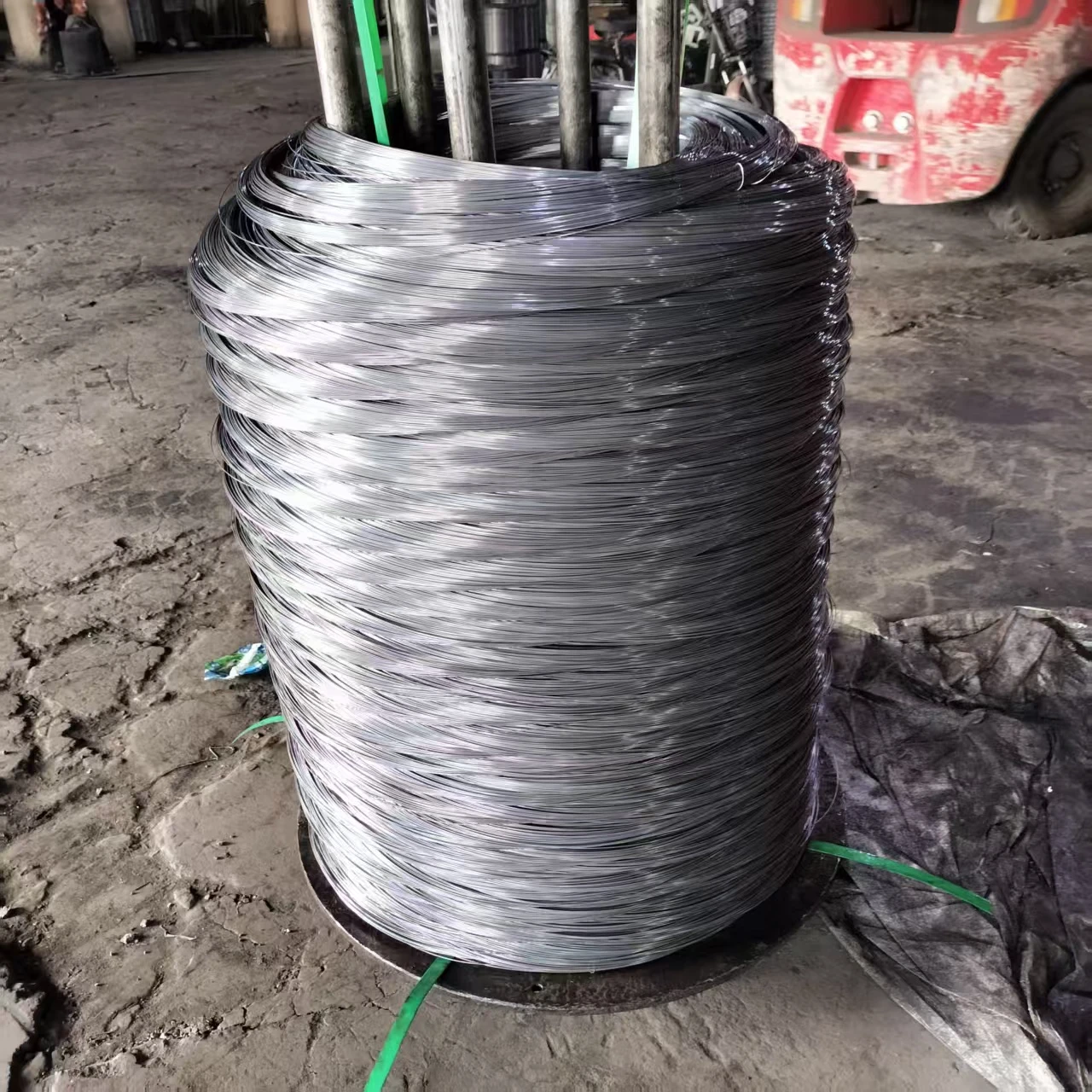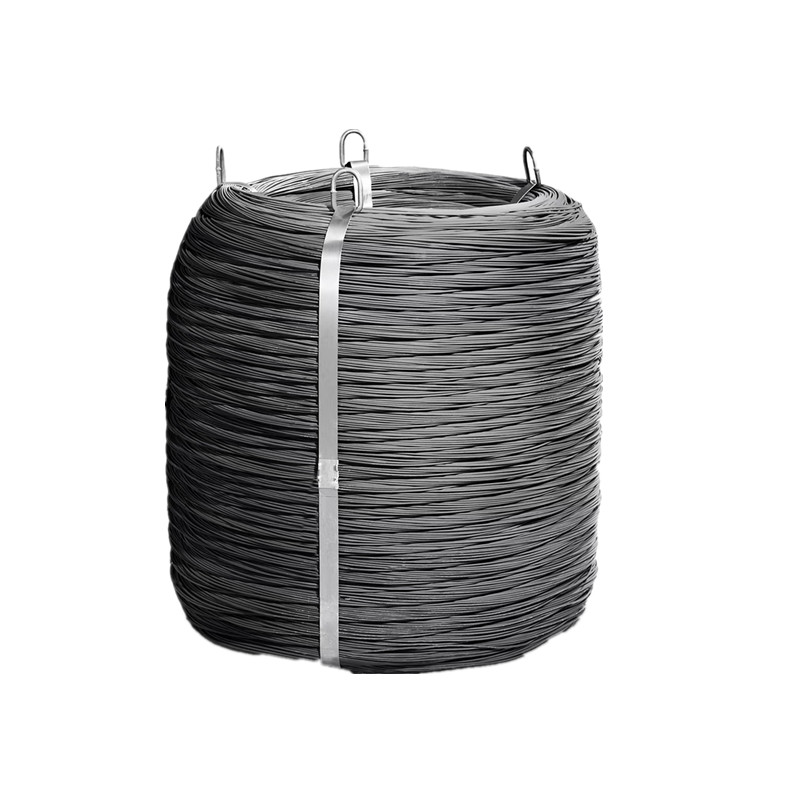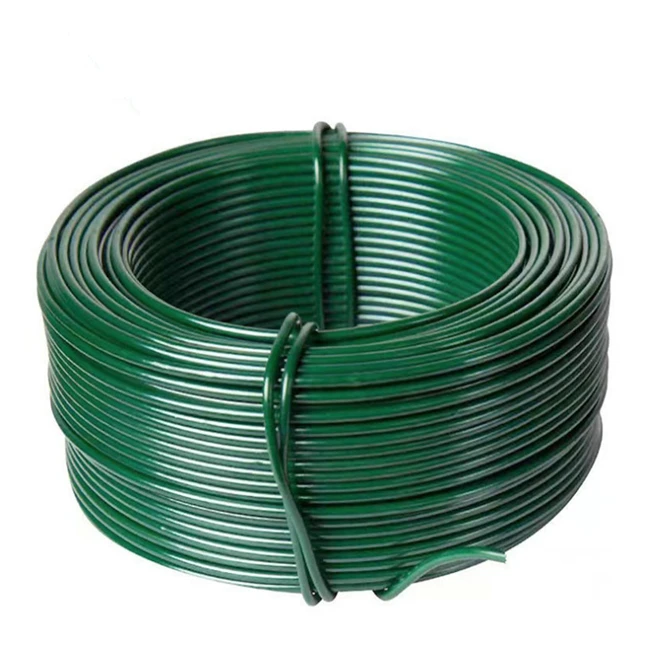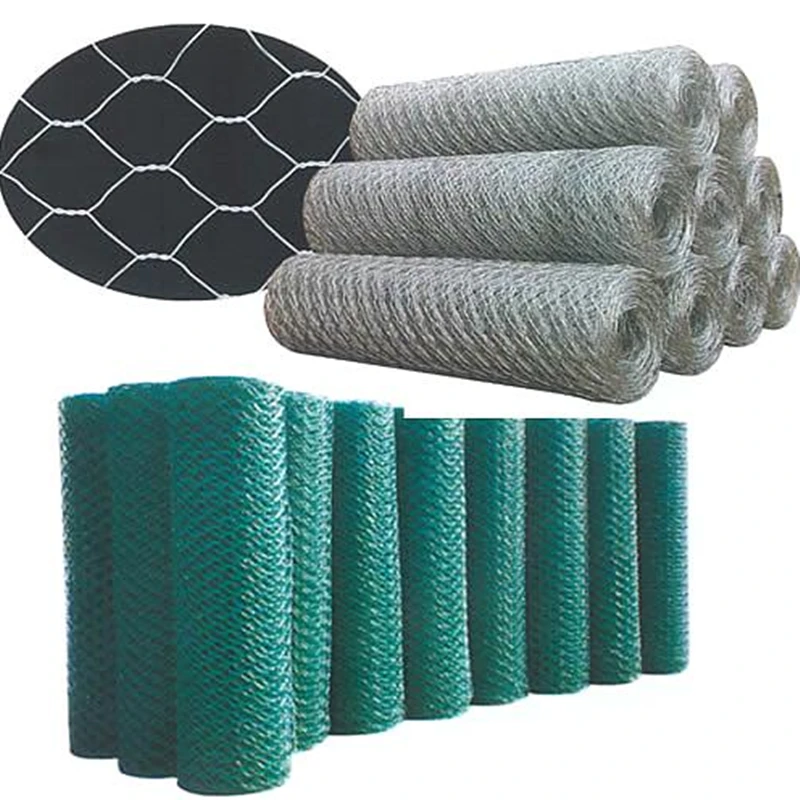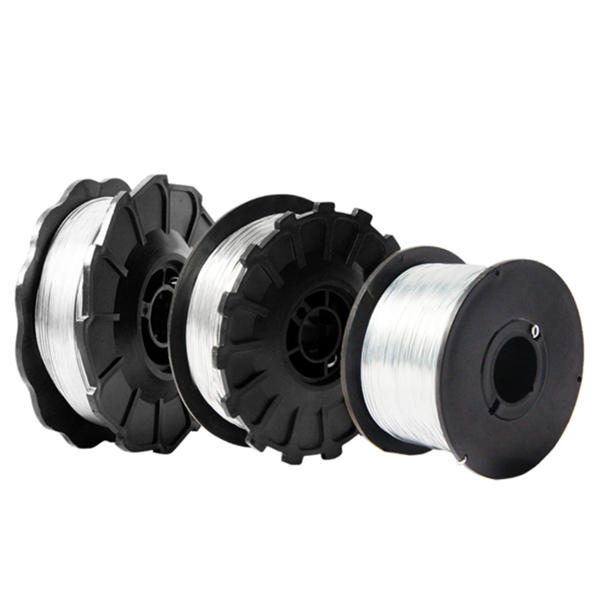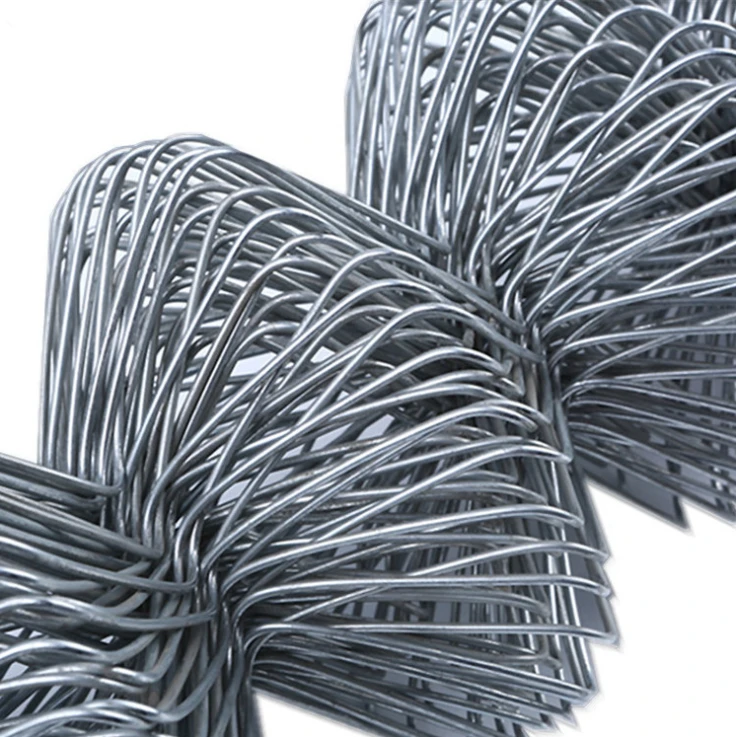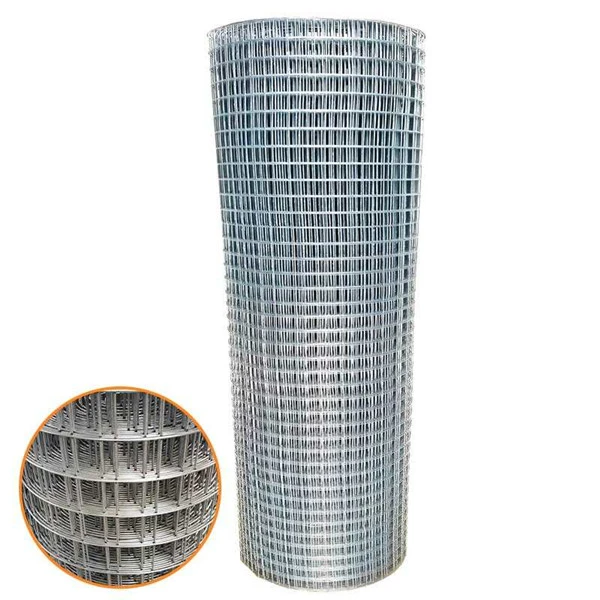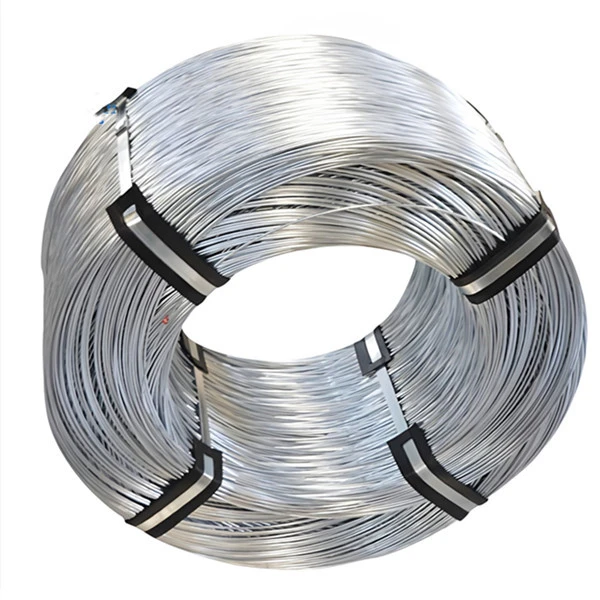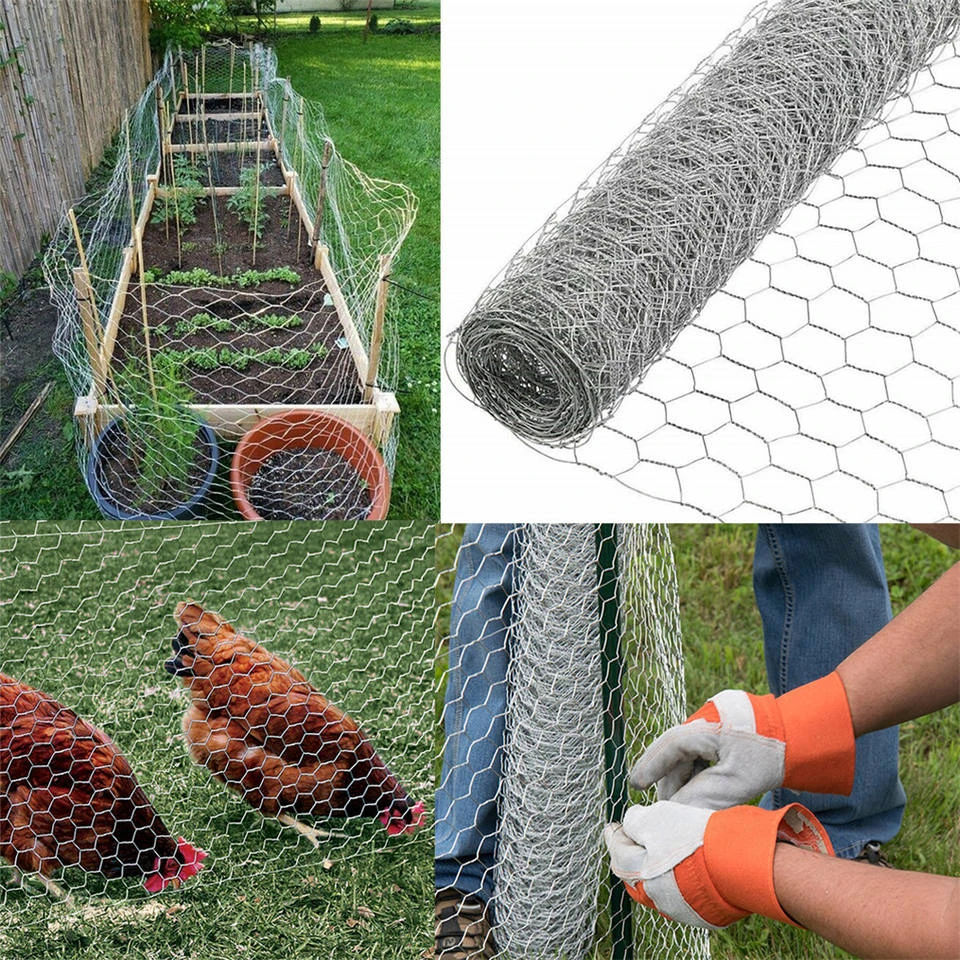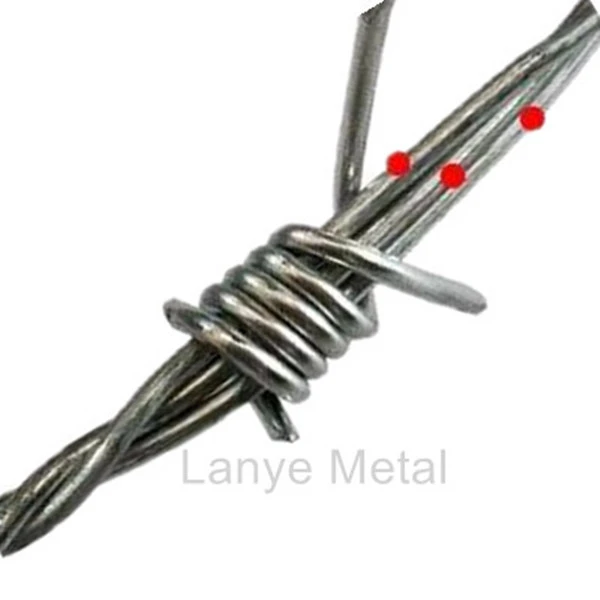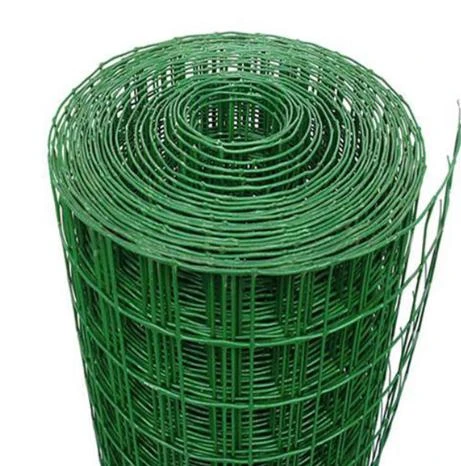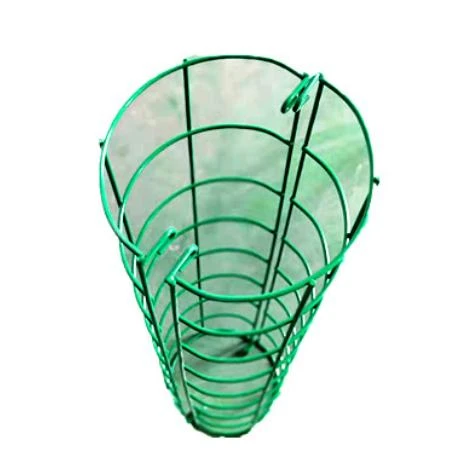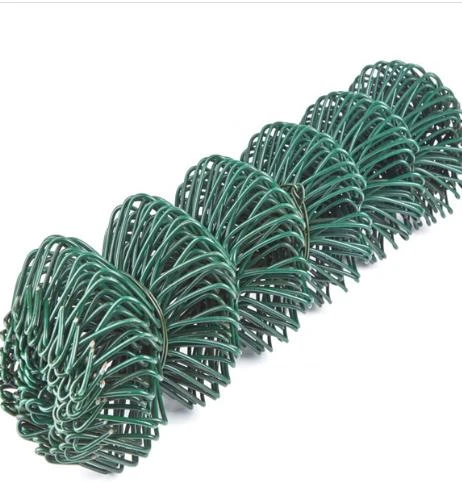This comprehensive overview explores the industrial wire products sector through seven key perspectives:
- The strategic role of barbed wire manufacturer
s in modern security infrastructure - Market growth statistics and industry projections
- Breakthroughs in manufacturing technology
- Comparative analysis of leading manufacturers
- Tailoring wire solutions to specific needs
- Case studies: Effective implementations worldwide
- Selecting an industrial wire partner: Critical considerations
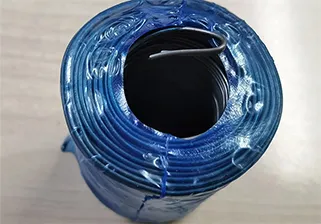
(barbed wire manufacturer)
The Strategic Role of Barbed Wire Manufacturers in Security Infrastructure
Industrial wire producers form the backbone of perimeter security systems globally. Specialized barbed wire manufacturers develop products that deter unauthorized access while withstanding environmental stressors. Modern production facilities utilize high-tensile steel (typically 1000-1500 N/mm² strength) with zinc-aluminum coatings providing 8-12 times longer corrosion resistance than standard galvanization. These material innovations enable security barriers to maintain structural integrity for 15-25 years despite constant exposure.
Product differentiation occurs primarily through wire gauge specifications and barb spacing configurations. Standard barb intervals range from 75mm to 125mm, with optimized designs reducing installation costs by 18% per linear meter while maintaining effectiveness. Specialized tension coils with ceramic-reinforced feed blocks maintain consistent wrapping tension (±2% variation), enabling automated deployment systems that cover 350 meters/hour compared to manual installation's 85 meters/hour.
Market Growth and Material Innovation
The global security fencing market demonstrates consistent 5.8% CAGR, reaching $27.6 billion valuation by 2028 according to recent industry analysis. Infrastructure development accounts for 42% of demand, particularly transportation corridors and utility facilities requiring specialized perimeter protection. Agricultural fencing consumes approximately 780,000 metric tons of wire products annually, led by Australia, Brazil, and China where ranching drives demand.
Material science breakthroughs include ternary alloys with titanium nanoparticles that increase fatigue resistance by 40% while reducing weight per linear meter. Electrostatic application techniques now achieve coating uniformity at 265g/m² ±5g variance, far surpassing traditional hot-dip methods' 95g/m² ±22g results. Modern weaving technology permits hexagonal openings from 13mm to 75mm with automated selvage reinforcement that eliminates edge unraveling.
Manufacturing Technology Advancements
Leading production facilities feature in-line quality monitoring systems using computer vision inspection at rates of 45 meters/minute. Multi-axis robotic handling enables seamless transition between barb-wrapping stations and galvanization baths, reducing human contact with material until final packaging. Energy recovery systems now capture 87% of waste heat from wire drawing operations, decreasing net energy consumption to 1.8kW per metric ton produced.
Advanced galvanization processes have evolved beyond traditional zinc coatings to include magnesium-aluminum alloy matrices that form self-healing protective layers when scratched. Salt spray test results show these coatings maintain protection for 2,800 hours versus 1,200 hours for conventional galvanization. Continuous annealing lines achieve precise tensile strength gradients (450-1200 MPa), allowing strategic reinforcement at stress points while conserving material.
Industry-Leading Manufacturer Comparison
| Specification | Manufacturer A | Manufacturer B | Manufacturer C |
|---|---|---|---|
| Production Capacity (tons/month) | 5,200 | 8,750 | 3,800 |
| Zinc Coating Thickness (g/m²) | 200-275 | 180-240 | 220-300 |
| Custom Die Options | 42 | 28 | 63 |
| Automation Level (%) | 82 | 76 | 91 |
| ISO Certification | 9001/14001 | 9001 | 9001/14001/45001 |
The comprehensive comparison reveals key operational differences: Manufacturer B leads in raw output but maintains thinner coating standards, while Manufacturer C offers superior customization despite moderate production volume. Third-party testing shows Manufacturer A's anti-corrosion performance exceeds industry standards by 37% in saline environments, particularly important for coastal installations.
Custom Configuration Capabilities
Advanced producers now offer parametric design interfaces enabling clients to specify exact combinations of wire gauge (1.8mm-3.5mm), strand configuration (single/double twist), and coating composition. Production algorithms can dynamically shift manufacturing parameters between batches as small as 800 meters without downtime, accommodating specialized orders that previously required minimum 5,000-meter commitments.
Specialized barb designs now feature laser-shaped points that maintain piercing capacity at 25-30° angles rather than standard 45° orientation, reducing animal injury rates in conservation areas while maintaining deterrent effectiveness. For correctional facilities, micro-embossed identification patterns woven into hexagonal mesh provide tamper evidence without compromising visual security screening.
Documented Application Performance
The Gotthard Base Tunnel project utilized 87km of zinc-aluminum coated hexagonal mesh with density-optimized design (17% lighter than standard). Post-installation monitoring showed zero corrosion failure points after 46 months despite constant humidity exposure. Installation labor decreased by 32% due to improved material handling characteristics and snap-fit joining systems.
In Botswana's Okavango Delta, wildlife-friendly fencing featuring blunted barbs reduced bovine tuberculosis transmission by 78% between 2018-2022 while maintaining herd containment. The re-engineered barb geometry prevented capillary blood exchange without compromising structural resilience against elephant testing. Thermal imaging analysis showed animals contacting fences exhibited significantly lower stress indicators compared to conventional designs.
Selecting a Barbed Wire and Hexagonal Mesh Manufacturer
Vetting industrial wire suppliers requires examining material certification documentation, preferably with third-party verification of coating thickness consistency and tensile strength uniformity. Reputable barbed wire manufacturers provide access to facility audits and quality control data, especially important for infrastructure projects requiring 20-year performance guarantees. Technical specifications should explicitly confirm compliance with ISO 9227 (corrosion resistance) and ISO 9001:2015 quality management protocols.
Production responsiveness benchmarks now include metric-based service agreements with guaranteed material delivery within 96 hours for standard configurations. Leading chicken wire manufacturers maintain regional stockpiles enabling replacement shipments within 72 hours for critical agricultural applications. Clients requiring specialized configurations should verify prototyping capabilities, with top providers delivering sample reels within 14 business days for technical validation before full production runs.

(barbed wire manufacturer)
FAQS on barbed wire manufacturer
Here are 5 FAQ sets about barbed wire, hexagonal wire mesh, and chicken wire manufacturing:
Q: What materials do barbed wire manufacturers typically use?
A: Manufacturers primarily use high-tensile steel or galvanized steel wire. These materials provide durability and corrosion resistance. Zinc or PVC coatings are often added for enhanced weather protection.
Q: Can hexagonal wire mesh manufacturers create custom sizes?
A: Yes, reputable manufacturers offer full customization of wire diameter and mesh openings. Standard hexagonal mesh sizes range from 1/2 inch to 4 inches. They accommodate specific project requirements like slope stabilization or agricultural fencing.
Q: What distinguishes professional chicken wire manufacturers from generic suppliers?
A: Professional manufacturers utilize precision weaving technology for consistent hexagonal patterns. They offer certifications like ISO 9001 and provide technical support for installation. Quality producers also conduct strict galvanization quality control.
Q: How do barbed wire manufacturers ensure installation safety?
A: Manufacturers provide detailed tension guidelines and specialized tensioning tools. Gloves and protective gear recommendations accompany all shipments. Technical datasheets specify proper post-spacing requirements for optimal stability.
Q: What industries require hexagonal wire mesh from specialized manufacturers?
A: Construction uses it for gabion baskets and concrete reinforcement. Agriculture relies on it for poultry fencing and crop protection. Transportation sectors utilize it for highway rockfall netting and erosion control on embankments.



